Turn your scraps into garden gold
Hey there,
Although the word may sound scientific at first, composting is so simple that you’ll regret not starting much earlier. In this guide, we’ll show you how can you start composting and what you need for this sustainable practice.
This site contains affiliate links. I may earn a small commission, at no extra cost to you. I’d appreciate it if you can support me.
What is composting?
Composting is the most natural and beneficial way to utilize organic waste generated in our households. Everyone wins with it, as the useless turns useful, we make our plants happy, and we’ll have much less waste to throw away, thus contributing to the protection of our environment.
During the process, organic materials begin to decompose and oxidize, resulting in humus, carbon dioxide, and mineral formation. Thus, when you use it in the soil, compost improves its quality, and your plants will thrive on the nutrients.
Composting step by step
- The first task in the garden is choosing a well-ventilated, shady spot, and installing the compost bin there. It shouldn’t be too close to the house to avoid attracting many insects, but not too far either, so you can easily reach it with more compostable materials.
- When you choose the location, another important aspect is that moisture can drain underneath the composter, so it should never be placed on concrete by mistake. If possible, it’s recommended to prepare the soil underneath by adjusting and softening it, but adding a layer of sand underneath can also improve water drainage. For those who have the capacity, digging a ten-centimeter hole and filling it with sand or crushed gravel is also an option.
- You have to choose a well-sealed container for kitchen organic waste. Be careful and never use animal waste, only in the trash! Your compost can include vegetables, fruits, flowers, and even tea leaves, and coffee grounds, but it’s better to thoroughly wash the peels of tropical fruits before adding them.
- You need to purchase or build the compost bin. Its main task is to keep the pile together while allowing for ventilation, so the sides need to be perforated. The simplest solution is to place four posts and stretch wire mesh around them. A few pallets are also excellent for this purpose.
- Feel free to add the waste generated during lawn mowing, chopped branches, twigs, and fallen leaves. You can also add dry weeds and sawdust, and cover the top with soil.
How to layer the waste?
You can start filling the bin with smaller branches and place them at the bottom. It is important to ensure that a “brown layer” always follows a “green layer”. The brown layer can consist of branches, even Christmas tree branches, which should go at the bottom, followed by the green layer, which can be grass clippings or weeds. If there is a lot of green waste, it’s worth adding a shovel of soil on top, which aids composting and is filled with beneficial microorganisms from the garden.
The proper ratio of carbon and nitrogen is crucial in composting. If there is too much nitrogen, ammonia can be produced, leading to unpleasant odors and foul compost. Conversely, if carbon is predominant, it exits the bin as carbon dioxide, resulting in less humus formation. However, these processes can be easily avoided if you pay attention to your compost’s condition.
We can categorize organic materials added to the compost into nitrogen-rich “green” and carbon-rich “brown” components. If the compost smells bad, there is an excess of nitrogen; if it’s not maturing properly, carbon is predominant.
Green components:
High in nitrogen content, these materials tend to decompose quickly. Examples include fruit and vegetable scraps, coffee grounds, tea leaves, tree leaves, weeds, grass clippings, hedge trimmings, and dried leaves of indoor plants.
Brown components:
High in carbon content, these include various wood-based materials such as leaves (from walnut, acacia, and coniferous trees in moderation), straw, wood chips, sawdust (can also be used for mulching). Other examples are plant stems, thin branches, shredded paper, cardboard, crushed eggshells, worn-out items made from plant-based materials (cotton wipes, 100% cotton wool, hair, and fur).
Once you start layering, feel free to add kitchen waste. However, in winter, if there’s an excess of kitchen waste, you can also add sawdust or soil, as they also assist in beneficial processes. Smaller, drier branches can be added later to aerate the compost.
What you cannot put in the compost?
What you definitely should not put in the compost bin is glass, stones, oil, rubber, cooking oil, cooked food scraps, meat remnants, feces from meat-eating animals, fish, bones, metal, plastic, bedding of carnivorous animals, as well as cigarette butts, chemicals, medications, and animal carcasses. Cardboard can be included, but colored, glossy papers should not. Be cautious with tropical fruits as well, as the peel of citrus fruits may contain pesticides, so it’s advisable to only put them in limited quantities into the compost and place them in the center, where the compost temperature is highest.
Once you’ve completed everything, I’m sure your next question will be:
When will the compost be ready?
Your compost may be ready in three months but may take a whole year. It all depends on you. Compost requires care. Ideal conditions include oxygen, nutrients, and moisture. It’s advisable to turn and keep the compost moist every few days or at least weekly, so you’ll get high-quality soil much faster.
Organisms in the soil break down the waste to create compost. The more diverse the waste in the compost, the better quality the resulting humus will be.
Time is precious, so if you can’t wait, you can get compost accelerators from farm supply stores. These are powders or granules containing billions of organisms that help the ones already in the compost.
Successful composting generates heat, so you can easily check if you’re on the right way. You also need to pay attention to its smell. Contrary to beliefs, good compost doesn’t smell! If unpleasant odors come from it, it likely lacks enough oxygen, so you need to mix it more frequently. It’s also not good if kitchen waste has already begun to rot before being added. If the compost is dry, water it; if it’s too wet, add dry waste.
What size compost bin is ideal?
Let’s take an example: consider a family of 4 who manage a 40-square-meter kitchen garden, have 5 fruit trees, and cook 3-4 times a week. For them, two plastic compost bins are sufficient. The most practical size is around one to one and a half meters, but it’s better to place two bins next to each other rather than one large one.
What makes a good compost bin?
Your compost bin can be plastic, small, large, open, or closed, depending on where you intend to use it. If you want to be sure, you can also buy a compost starter kit! But if you’re looking for the cheapest solution, you can make one yourself from wooden slats.
The latest home composting method: vermicomposting.
This method operates on a slightly different principle than traditional composting, but it’s entirely apartment-friendly, so I recommend it for those without a garden who still want to recycle their organic waste. In this method, you collect household compost in a closed plastic container. Worms work on the top portion, while compost liquid gathers at the bottom, which you can mix with water and use as a nutrient solution for watering plants.
For those interested, you can build this yourself, or you can even purchase a specialized plastic vermicomposter. This doesn’t produce any foul odors, so there’s no need to worry about that either. For this, you have to buy an indoor vermicomposter and some worms. You can find worms at fishing tackle shops.
You can feed the worms with leftover fruits and vegetables, crushed eggshells, coffee grounds, tea bags, tea leaves, bread, grains (in small quantities!), wilted flowers, and leaves. However, it’s important to note that onions, cabbage, and citrus fruits should only be given to the worms in very small quantities. Worms dislike animal-derived waste; therefore, never give them meat, fish, fatty or oily foods, processed foods, or dairy products.
Worms can be fed daily with smaller amounts of food or once a week with the total weekly amount. They consume both the bedding material and the food, transforming it into a dark, rich substance called vermicompost. As the older bedding material is depleted, approximately monthly, fresh bedding needs to be added.
As you can see, if you don’t have a garden, you don’t have to miss out on the joys of composting. Your plants will surely be grateful for this fantastic composting tea too!
If you already have the basic knowledge, here are two more posts on the topic of composting:
Top 10 Mistakes New Composters Make (And How to Avoid Them) | Bloom and Boughs
Indoor Composting Made Easy: How to Start Composting Without a Yard | Bloom and Boughs
Conclusion
Composting is not just a way to manage organic waste, it’s a sustainable practice that benefits both the environment and our gardens. By diverting waste from landfills and creating nutrient-rich soil, composting plays a crucial role in reducing greenhouse gas emissions and promoting healthier ecosystems. Whether you’re composting in a backyard bin or utilizing vermicomposting in your apartment, every effort contributes to a greener, more sustainable future for generations to come. Let’s continue to compost responsibly and cultivate a healthier planet for all.
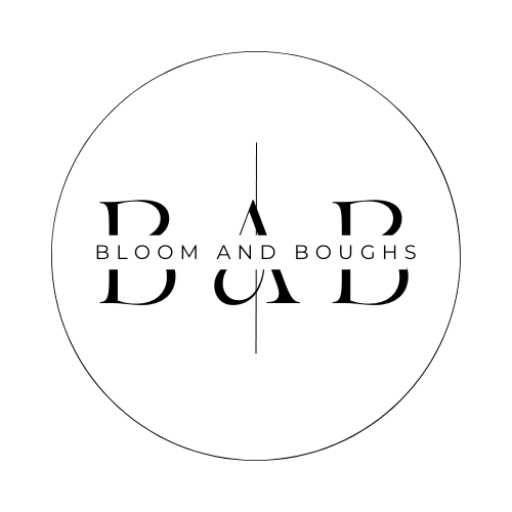
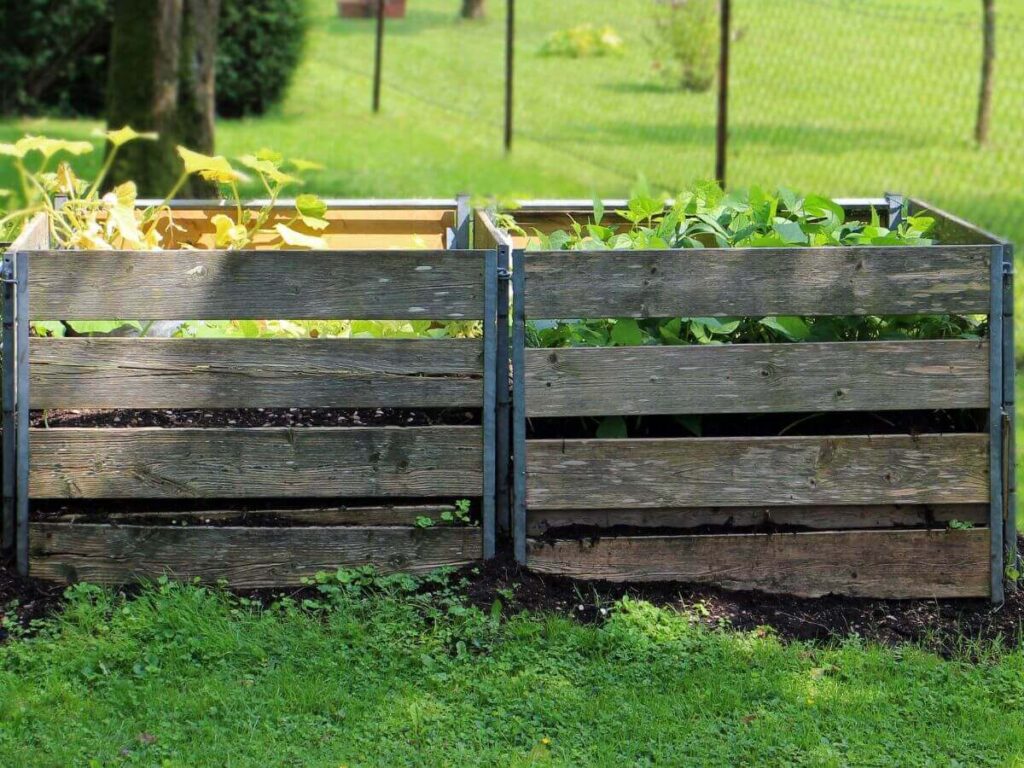
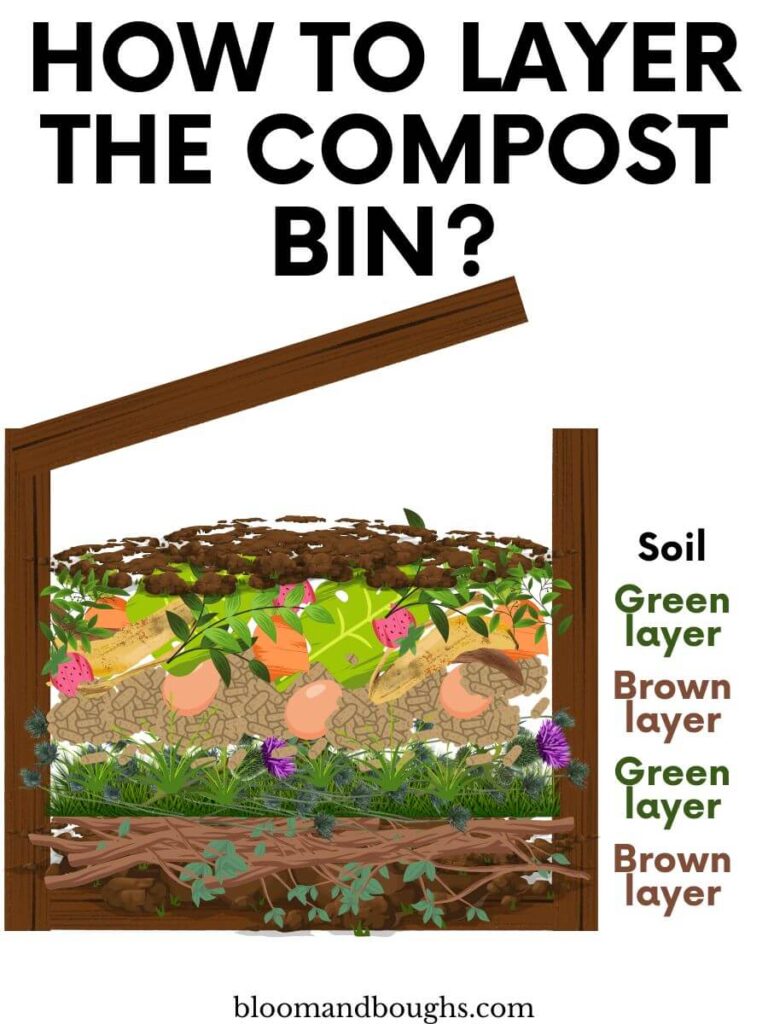
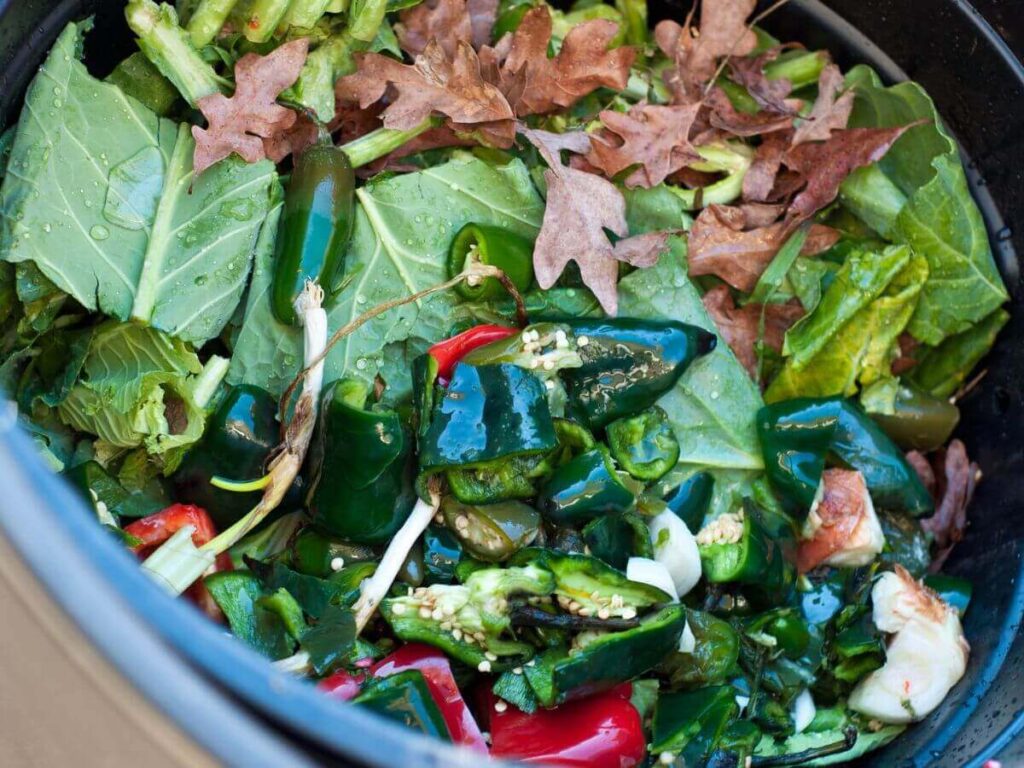
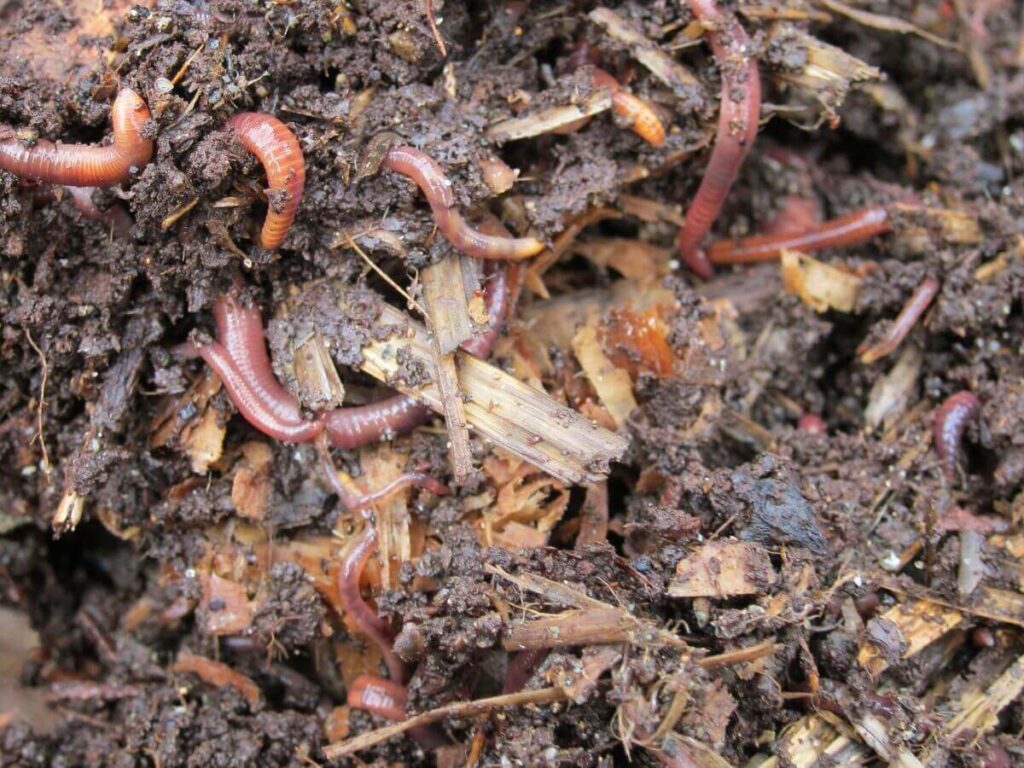

0 Comments